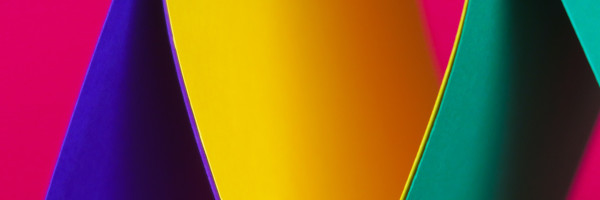How strong is different 3D printer filament when pulled apart
Grade 5
Presentation
No video provided
Hypothesis
Hypothesis
My hypothesis is that PLA is the strongest filament type because in my research on a previous project I found various characteristics of several filament types..
My research showed PLA having a low flexibility level which makes me think it is the strongest. I also think it will be strong because I normally use PLA and it is pretty strong and has never broken for me.
Research
Research
3D Printers have become very popular and more available in recent years.They are doing a lot for the world in areas like manufacturing, automotive and even in medicine. Some of the things include making full size houses for less than 5000 dollars per house and bio regenerative medicine. In bio regenerative medicine, 3D printers can be used to create tiny building blocks made out of materials that can help your body build new parts like bone or skin. One last fact is that making 3D printed items, like parts for engines, is 50% lighter to transport in vehicles.
In my research I also found a lot of information about 3D printer filaments. Some of the information includes how color affects the strength of the Filament and that PLA is made by taking colorless resin pellets and mixing them with something called masterbatch. Masterbatch is highly concentrated pigments of particles,fillers and other additives. I found as well that Triangular infill is the strongest since triangles are the strongest shape. This led me to want to
better understand the strength in the filament.
|
Filament |
Different specialties |
Flexibility level |
|
PLA |
Easy to print Biodegradable, though only in very specific conditions |
Low |
|
ABS |
Durable Impact resistant |
Medium |
|
PETG (XT, N‑Vent) |
More flexible than PLA or ABS Durable |
High |
|
Nylon filament |
Strong Flexible Durable |
High |
Variables
The things I can control are which filament I use, how hard I pull the crank and which two types of filament I pair to face-off to test strength.
The things I cannot control are printer bed adhesion, miscalibration, material adhesion, warping of materials.
Procedure
Procedure
- Source materials: The materials I bought are
PLA, ABS, Blue PETG and white PETG. I got most of
these from Amazon.
- Select S hook design: The design is of a 3D printing
Website called thingiverse.
- Print S hooks: The hooks where 3D printed by my
Creality Ender 3v pro. One hook individually took
around 30 minutes.
- Build testing machine: The testing machine was built with spare pieces of wood in my garage.
- Test and record: I tested different combinations of filament
around twenty times for results.
- Analyze results:To test my results I made a chart of every combination
and which one won and lost.
Observations
|
Test 1 |
Test 2 |
Test 3 |
Test 4 |
Test 5 |
Test 6 |
Test 7 |
Test 8 |
Test 9 |
Test 10 |
Test 11 |
|
|
Red PLA vs. Blue PETG |
Blue PETG |
Blue PETG |
Red PLA |
Red PLA |
Red PLA |
Red PLA |
Red PLA |
Red PLA |
Red PLA |
Red PLA |
Red PLA |
|
Red PLA vs. White PETG |
Red PLA |
Red PLA |
|||||||||
|
Red PLA vs. Red ABS |
Red ABS |
Red PLA |
Red PLA |
||||||||
|
Blue PETG vs. White PETG |
Blue PETG |
Blue PETG |
|||||||||
|
Blue PETG vs. Red ABS |
Red ABS |
Red ABS |
|||||||||
|
Red ABS vs. White PETG |
Red ABS |
Red ABS |
Analysis
Conclusion
Conclusion
What I can conclude from my experiment is that test results were mixed due to things like material adhesion, warping, printer bed adhesion and miscalibration. Since there are so many things that sometimes happen and sometimes do not it is not possible to ensure the same print quality on each S hook. What I learned is that blue PETG and red PLA are similar in strength. In 11 comparisons blue won four times and red won seven times. I also found that ABS filament is very difficult to work with due to warping and adhesion issues. With a limited number of prints I tested what I had against all the others and it had similar test results as PLA and PETG.
Application
N/A
Sources Of Error
- Material adhesion
- Printer bed adhesion
- Warping
- Miscalibration
Citations
CNCKitchen (February, 2025). How The Colour of PLA Fliament Influences 3D Printed Part Stregth. https://www.cnckitchen.com/blog/how-the-color-of-pla-filament-influences-3d-printed-part-strength
Mashable Explains (May, 2014). What is 3D Printing and How Does it Work? https://www.youtube.com/watch?v=Vx0Z6LplaMU
Acknowledgement
N/A

